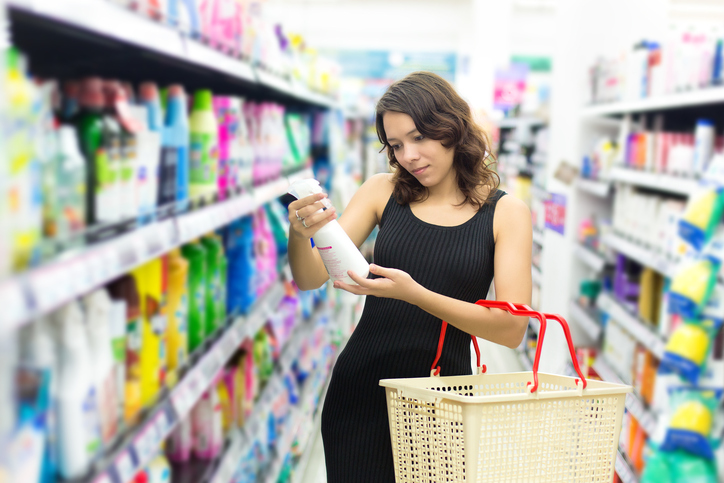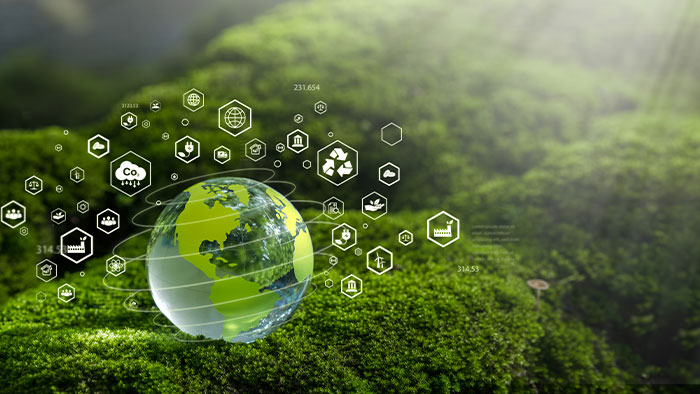What's in a name? Or a standard? Or an ecolabel?
- By [ Tiffin Shewmake ]
- 02/21/2018

Fortunately, the EPA's Environmentally Preferable Purchasing (EPP) Program has just launched a new tool, EPA's Recommendations of Specifications, Standards, and Ecolabels for federal purchasers that can also help retailers make sense of these labels and certifications.
EPA has three ecolabels. The ENERGY STAR and Watersense labels provide information on energy and water efficient products. The SaferChoice ecolabel identifies products that contain safer chemicals. In addition to these labels, the EPP Program Recommendations cover 21 product categories and 40 private sector standards, ecolabels, and certifications. Many key purchase categories are addressed, such as cleaning products, building/construction materials, and electronics.
The federal government is using these Recommendations for its procurement decisions, to bring clarity to the market, promote environmentally sustainable products, realize lifecycle cost savings, and increase U.S. industry competitiveness. Retailers can maximize these benefits – and meet growing customer expectations - by sending a consistent message in support of credible and effective sustainability standards and ecolabels.


